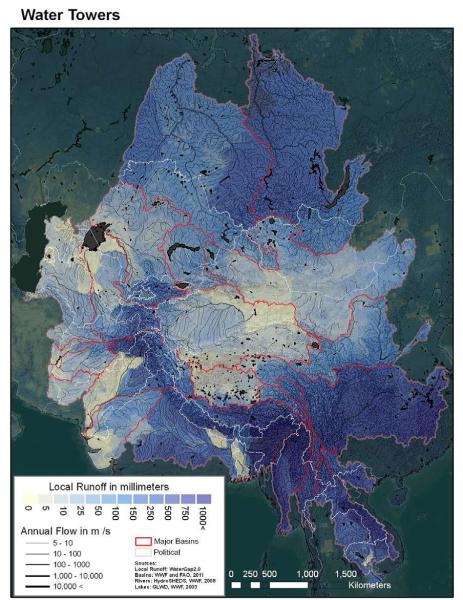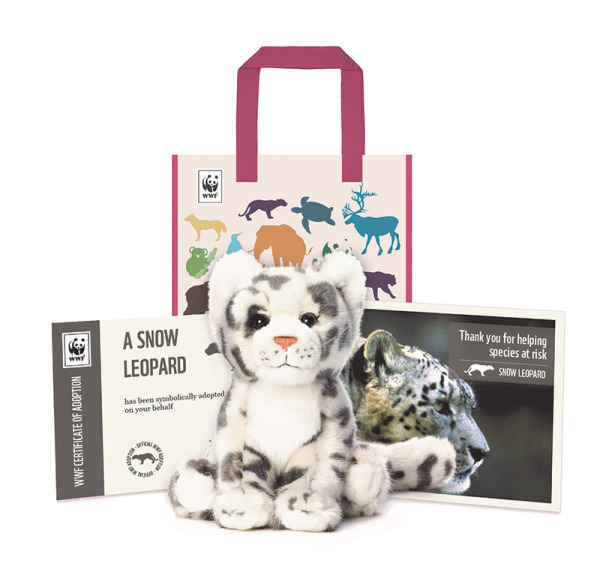Spotlight on the snow leopard: Conservation significance and threats
This holiday season, WWF is introducing six new species for you to adopt and take home, including the snow leopard. We’re bringing you a special six-part blog series on the snow leopard, the most mysterious member of the world’s big cats.
Snow leopards require large spaces to roam. The dwelling place of a single snow leopard often includes many countries across their range. They are the true environmental ambassadors with the potential to bring together many range states to act collectively for conservation.
Snow leopards are also considered as a barometer of the health of the mountain ecosystem for their wide ranging behaviour and the ecological niche at the top of the food chain. As these mountains act as water towers of Central Asia that supports nearly one-third of the world’s population, conservation of their habitats also contribute to bringing about water security in the region. In addition, the range of snow leopards comprise peatlands that provides for carbon storage, thereby helping to mitigate the adverse impacts of climate change.
Conservation threats
The charismatic snow leopards were once the king of the mountains. Today, humans have become their sole predator and they are rooted out from much of their historic range. Snow leopards are hunted for their bones to be used in Asian medicine and fur to be worn as a status symbol. Their skin is known to fetch up to $60,000 on the international black market. Considering the yearly income is less than $300 for local people who live in and around snow leopard habitats, it is not surprising to learn about ongoing rampant killing of snow leopards across their range.
Snow leopards are also killed by local farmers as they often prey on livestock such as sheep, goats, horses, and yak calves. The snow leopard’s habitat is also declining from human settlement and increased use of grazing space. This development increasingly fragments the historic range of the species.
Of late, climate change has emerged as the greatest threat to snow leopards as it has the potential to wipe out their numbers in many parts of their range. This is because snow leopards prefer to live in the habitats that range between the tree line and the snow line on the mountains. As global warming warms the Earth, tree lines move upwards, thereby encroaching on the snow leopards’ preferred habitats. A recent WWF study predicts that snow leopards are expected to lose about 30 percent of their current habitats in the Himalayas due to climate change impacts.
By symbolically adopting a snow leopard, you are helping to support WWF’s conservation efforts. Adopt a species today at shop.wwf.ca.



